Navigating the world of garden fertilizers can be complex, filled with numbers and acronyms that may leave you scratching your head. One such fertilizer has proven particularly effective for various plants is the 19-19-19 fertilizer. But how do you use 19 19 19 for plants? How often do you use 19 19 19 fertilizer? Can I use NPK 19 19 19 fertilizer? If you have potted plants, you may also be wondering how to use NPK 19 19 19 for potted plants.
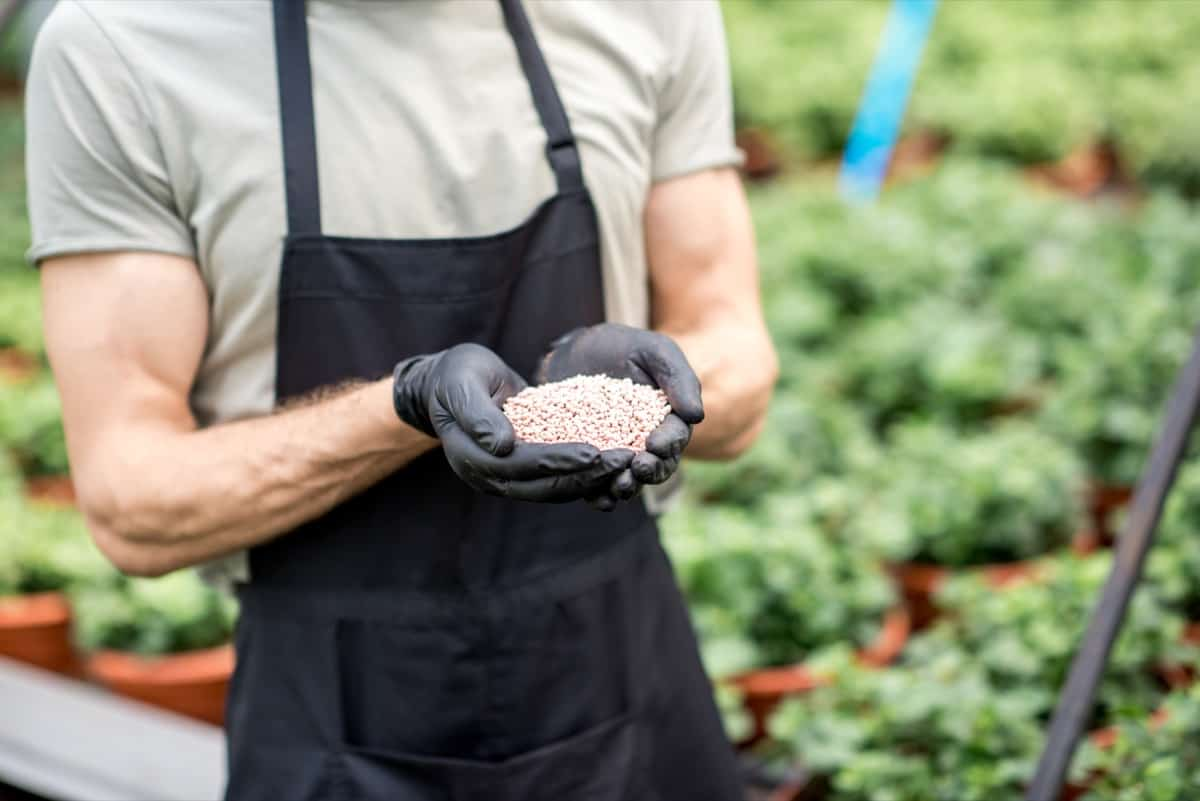
The answer to these questions largely depends on factors such as the type of plants you have and their specific needs. This article provides comprehensive insights into the 19-19-19 fertilizer benefits, application rates, and optimal timings for its use. You’ll also learn how to prepare your garden for 19-19-19 fertilizer application, how to properly mix and dilute 19-19-19 fertilizer solution, and NPK 19 19 19 dosage for potted plants. We’ll even touch upon npk 19:19:19 foliar spray dosage per liter.
How to Use 19-19-19 Fertilizer
Understanding the Composition of 19-19-19 Fertilizer
The 19-19-19 fertilizer is a balanced NPK (Nitrogen, Phosphorus, and Potassium) fertilizer containing equal parts of these three primary nutrients. In this case, the NPK ratio is 19:19:19, representing 19% Nitrogen, 19% Phosphorus, and 19% Potassium by weight. The Nitrogen helps with leaf growth and green coloration. Phosphorus helps roots grow and flowers bloom, while Potassium supports plant health, making them stronger against diseases and drought. Knowing the composition helps you understand how to use 19 19 19 fertilizer in your garden most effectively.
The Benefits of Using 19-19-19 Fertilizer in Your Garden
The 19 19 19 fertilizer benefits are numerous, making it a versatile choice for various gardening needs. Due to its balanced NPK ratio, it’s well-suited for plants at different growth stages. It aids leaf development, encourages strong root growth, and supports flowering and fruiting. It’s also helpful for reviving nutrient-deficient soil and can be a quick fix for gardens that need an all-around nutrient boost. So whether you’re a novice or a seasoned gardener, using 19-19-19 fertilizer could be a great choice for a balanced nutrient supply.
When to Apply 19-19-19 Fertilizer for Optimal Plant Growth
Timing matters when you are wondering how often you use 19 19 19 fertilizer. The best time to apply 19-19-19 fertilizer generally depends on the type of plants you are growing and their specific nutrient requirements. Early spring is often the best time for perennial plants, just as they begin to show new growth. On the other hand, annual plants will typically benefit from a 19-19-19 fertilizer application shortly after being planted. Some plants may also require a mid-season application, especially if they look nutrient-deficient or if you notice slower growth.
In case you missed it: Pinstripe Plant Care: Best Fertilizer, Pruning, and Propagation
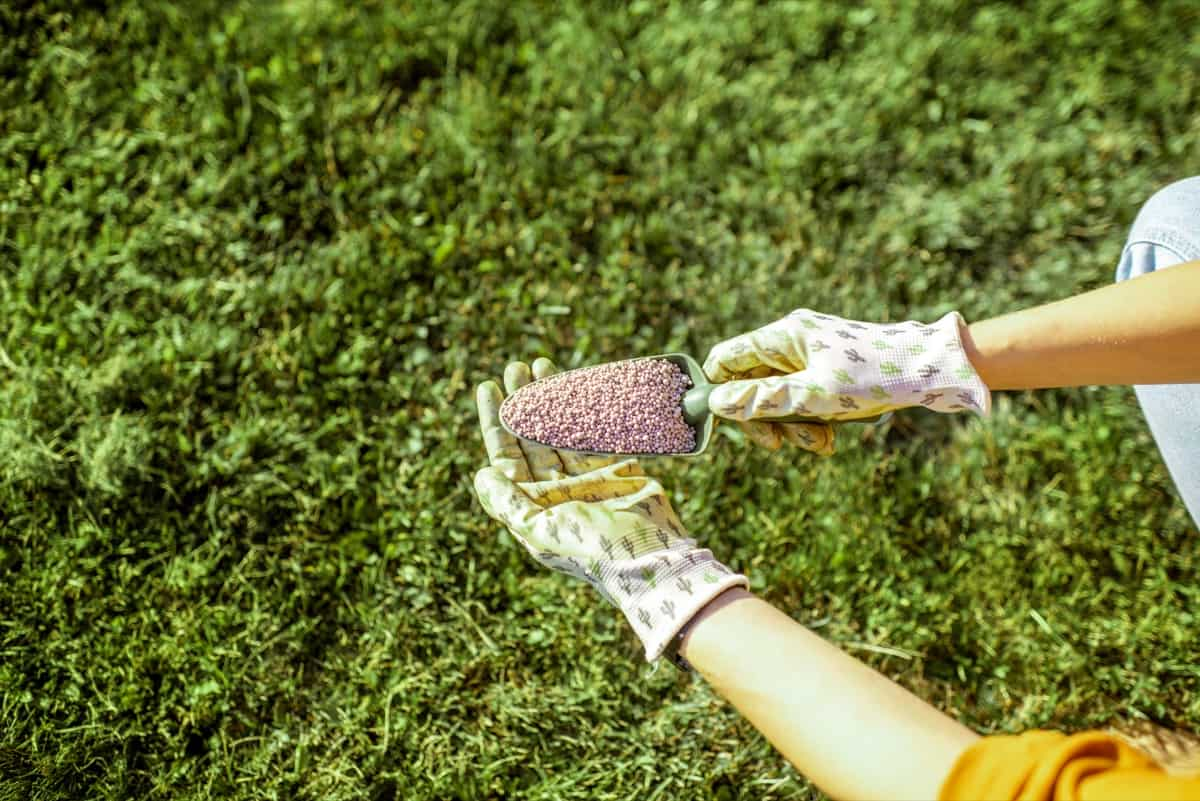
Preparing Your Garden for 19-19-19 Fertilizer Application
Before you get down to the 19-19-19 fertilizer how to use, proper preparation of your garden is essential. Start by testing the soil to identify any nutrient deficiencies. Remove any weeds, as these will compete with your plants for nutrients. After that, water the soil lightly to help absorb the fertilizer more effectively. The soil should be moist but not soggy. Proper soil preparation will help you make the most out of your 19-19-19 fertilizer application.
Calculating the Correct Amount of 19-19-19 Fertilizer for Your Garden
Calculating the correct amount of 19-19-19 fertilizer is crucial to ensure optimal growth and avoid over-fertilization. The 19-19-19 fertilizer application rates will vary depending on the type of plants and the size of your garden. A rate of 1 to 1.5 pounds per 100 square feet is often recommended for a general garden application. Always read the manufacturer’s instructions for specific application rates tailored to your plants. If you are dealing with potted plants, you’ll need to consider the NPK 19 19 19 dosage for potted plants, which is typically around 1 to 2 teaspoons per gallon of soil.
Applying 19-19-19 Fertilizer to Different Types of Plants
Whether you are growing fruits, vegetables, or ornamental plants, applying 19-19-19 fertilizer can give them the necessary nutrient boost. The method of application may differ. For in-ground plants, broadcasting and incorporating the granular fertilizer into the soil is common. For potted plants, a diluted water-soluble form can be beneficial.
When contemplating how to use NPK 19 19 19 for potted plants, mixing it in the watering can and evenly distributing it is usually the way to go. Sometimes, a neck 19:19:19 foliar spray dosage per liter can be applied directly to the leaves for quick nutrient absorption.
How to Properly Mix and Dilute 19-19-19 Fertilizer Solution
Knowing how to mix and dilute 19-19-19 fertilizer properly is important for those looking to make a liquid solution. This is especially useful for potted plants and foliar applications. A general guideline is to dissolve 1 to 2 teaspoons of the 19-19-19 granular fertilizer in one gallon of water. Stir it well to ensure it’s fully dissolved before application. Using the liquid form enables faster nutrient absorption, making it a good choice for plants that need a quick nutrient boost. Always remember to follow manufacturer guidelines for the most effective results.
Techniques for Applying 19-19-19 Fertilizer to Potted Plants
For those wondering how to use NPK 19 19 19 for potted plants, there are several techniques to ensure effective application. You can opt for top-dressing, where you evenly sprinkle the granular 19-19-19 fertilizer on the soil’s surface and slightly mix it in. Alternatively, you can dissolve the fertilizer in water and apply it while watering, taking into account the NPK 19 19 19 dosage for potted plants, which is generally about 1 to 2 teaspoons per gallon of water.
In case you missed it: Best Fertilizer for Eddoe/Taro Root Plants in Pots: Organic, Slow-release, Liquid, and Natural

Some gardeners prefer making a hole about 2 to 3 inches deep in the soil, away from the plant’s stem, and filling it with granulated fertilizer. This method is especially effective for larger pots. Slow-release 19-19-19 fertilizer pellets can be mixed into the soil when repotting for long-lasting results.
Tips for Applying 19-19-19 Fertilizer to Vegetable Gardens
Using 19-19-19 fertilizer in vegetable gardens can significantly increase your crops’ yield and overall health. For optimal results, consider using the side-dressing method to apply fertilizer in a shallow trench alongside the row of plants. This approach helps the plants take up the nutrients more efficiently as they grow.
When applying, follow the 19-19-19 fertilizer application rates, which usually range from 1 to 1.5 pounds per 100 square feet. It’s essential to water immediately after application to help the nutrients penetrate the soil. Also, avoid applying the fertilizer too close to the plants, as it may cause root burn.
Using 19-19-19 Fertilizer in Flower Beds: Best Practices
Applying 19-19-19 fertilizer in flower beds can be the secret to vibrant, long-lasting blooms. For best results, consider applying the fertilizer during the early stages of growth and again during the flowering period. The ideal method for flower beds is often broadcasting, where the granular fertilizer is spread evenly over the surface and then lightly incorporated into the soil using a rake.
Like in vegetable gardens, make sure you water the area after application to ensure that the nutrients are absorbed into the soil. Be mindful of application rates and ensure you are not over-fertilizing, as excessive nutrients can lead to poor flower production.
Applying 19-19-19 Fertilizer to Fruit Trees: Dos and Don’ts
Fruit trees can particularly benefit from the balanced nutrients in the 19-19-19 fertilizer. The “dos” include applying the fertilizer around the drip line, where rainwater drips off the tree’s canopy, as this is where most active roots are located.
In case you missed it: Ways to Make and Use Banana Peel Fertilizer in Garden Plants: When and How to Apply
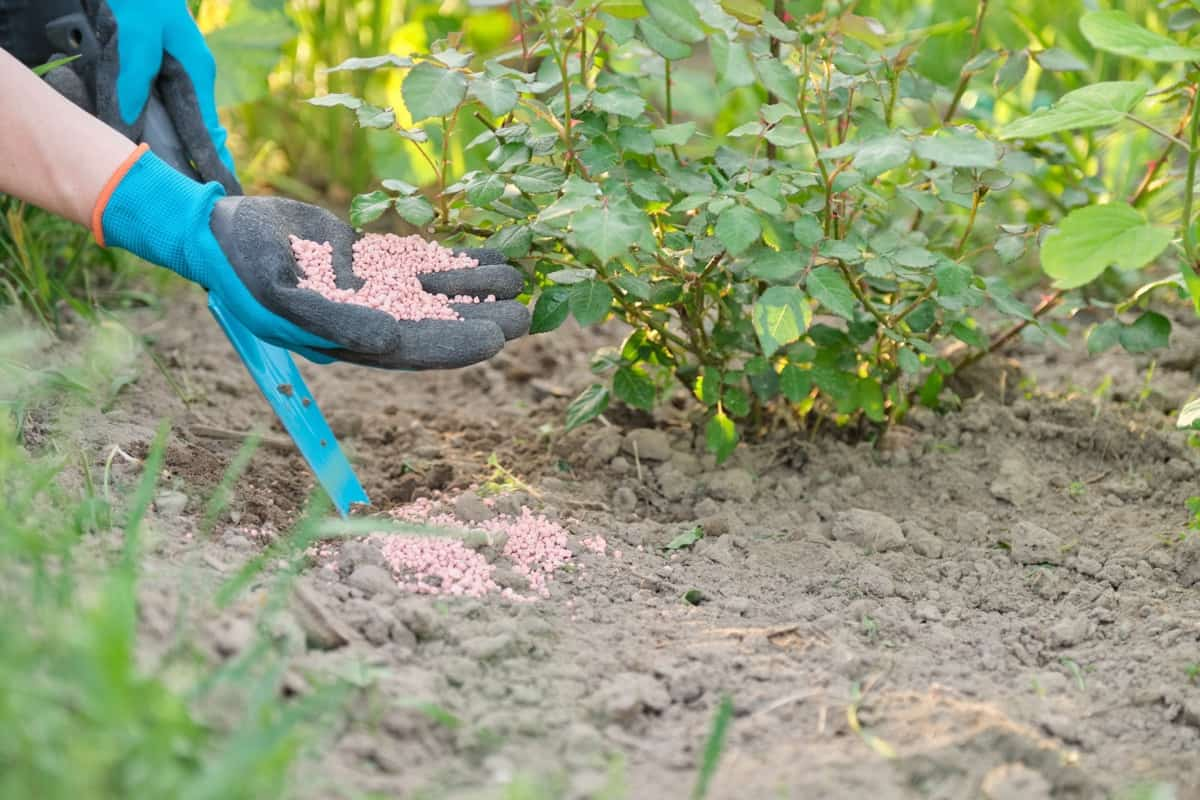
You should also apply the fertilizer during the tree’s dormant period in late winter or early spring, just before new growth starts. One of the “don’ts” is to avoid applying the fertilizer too close to the trunk, which can lead to root burn. Also, avoid over-fertilizing, which can cause lush foliage but poor fruit production. Follow the recommended 19-19-19 fertilizer application rates to avoid adverse effects.
The Role of Watering in Maximizing the Effects of 19-19-19 Fertilizer
Watering plays a crucial role when using any fertilizer, including 19-19-19. A well-timed watering schedule ensures the nutrients are well-absorbed into the soil and available to the plants. Before applying the fertilizer, ensure the soil is already slightly moist, as this will help the fertilizer dissolve and infiltrate the soil more effectively.
Watering immediately after the application can also aid in preventing the loss of nutrients due to run-off or evaporation. If you’re using liquid fertilizer like NPC 19:19:19 spray, it’s better to apply it when it’s cooler in the day. This helps prevent the fertilizer from evaporating and lets plants absorb nutrients better.
Common Mistakes to Avoid When Using 19-19-19 Fertilizer in Your Garden
While the 19-19-19 fertilizer benefits plant growth, some common mistakes can hinder its effectiveness. These include over-fertilizing, leading to nutrient imbalances and even root burn. Another error is poor timing; applying fertilizer when plants are not in a growth stage to utilize the nutrients can be wasteful and even harmful.
Incorrectly calculating the 19-19-19 fertilizer application rates can also lead to less-than-optimal results. Lastly, failing to water adequately before and after applying the fertilizer can result in nutrient loss and reduced effectiveness. Knowing these pitfalls can help you maximize your 19-19-19 fertilizer application.
Monitoring and Adjusting the Application of 19-19-19 Fertilizer Over Time
Successfully utilizing 19-19-19 fertilizer in your garden involves more than a one-time application; ongoing monitoring and adjustment are crucial for long-term plant health. To begin with, regular soil testing can provide valuable information about nutrient levels, helping you understand when it’s time for the next round of fertilization. Keeping an eye on your plants is equally important. Signs of nutrient deficiency, like yellowing leaves or slow growth, are cues for reapplication.
In case you missed it: How to Make Grass Clippings Compost Fertilizer: Homemade Recipe, DIY for Container, Indoor, and Backyard Garden Plants
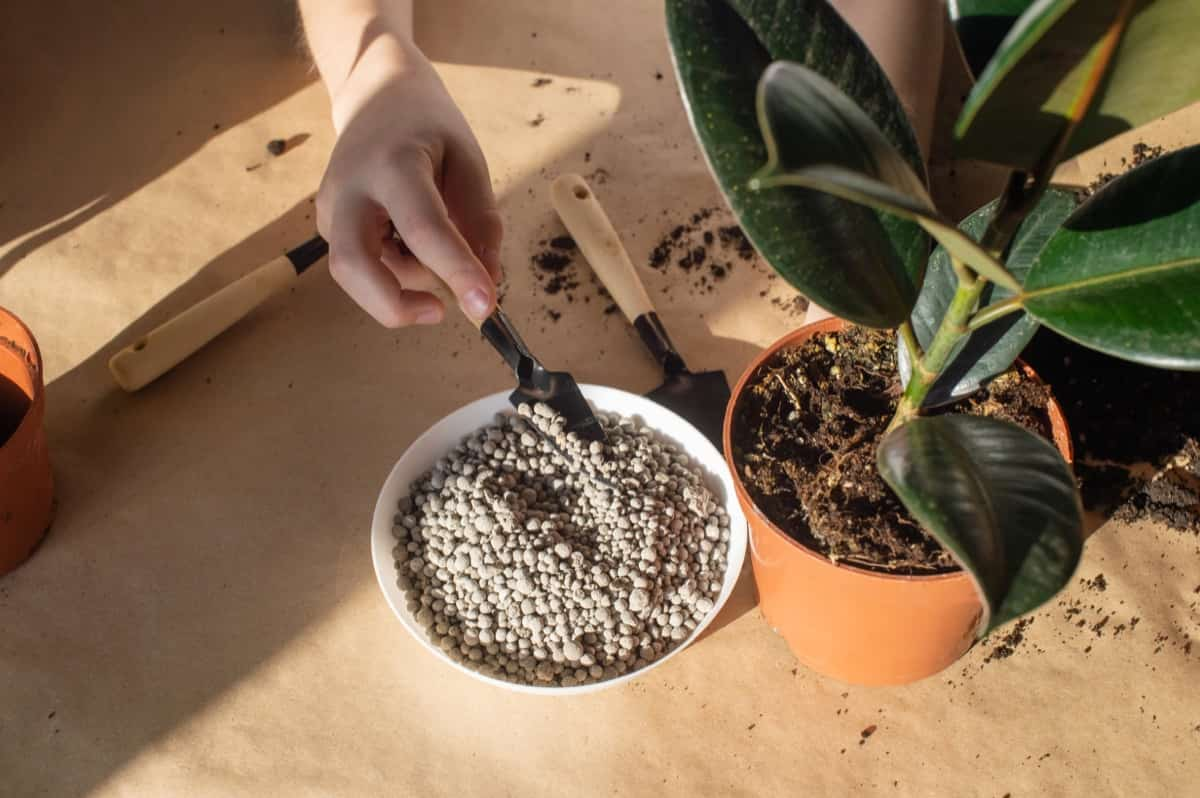
Conversely, over-fertilization symptoms include burned leaf tips and lackluster flowering, which may require scaling back. Seasonal changes, especially transitioning from growing to dormant periods, also dictate adjustments in how often you use 19 19 19 fertilizer. For those dealing with potted plants, repotting is an excellent opportunity to adjust the NPK 19 19 19 dosage for potted plants based on the plant’s growth stage and soil test results.
Alternatives to 19-19-19 Fertilizer: Exploring Other NPK Ratios
While 19-19-19 fertilizer is highly versatile due to its balanced NPK ratio, it’s not always the best option for every plant or situation. Some fertilizers with different NPK ratios might suit your gardening needs. For instance, a high-nitrogen fertilizer would benefit leafy vegetables and lawns more.
On the other hand, a fertilizer with higher Phosphorus levels would be better for root crops and flowering plants. A potassium-rich fertilizer would aid plants in disease resistance and water retention. It’s essential to consider the specific nutritional requirements of your plants and perhaps even carry out a soil test to guide your choice of an alternative fertilizer.
Safeguarding the Environment While Using 19-19-19 Fertilizer
While 19-19-19 fertilizer can do wonders for your garden, it’s crucial to consider its environmental impact. Over-fertilization risks plant health and can lead to nutrient runoff into waterways, causing environmental issues like algal blooms. Therefore, it’s essential to strictly adhere to the recommended 19-19-19 fertilizer application rates. If you’re using an npk 19:19:19 foliar spray, ensure you aim correctly to avoid overspray and waste.
Using a slow-release form of 19-19-19 fertilizer can also mitigate the risks of nutrient runoff. Additionally, consider incorporating organic matter like compost into your soil, which can hold nutrients more effectively and reduce the need for frequent fertilization. By being conscientious in your application methods and quantities, you can enjoy the benefits of a fertile, vibrant garden while minimizing negative environmental impacts.
Conclusion
Using 19-19-19 fertilizer can be a game-changer for novice and experienced gardeners, offering balanced nutrition that can enhance the growth, flowering, and yield of a wide array of plants. From understanding the composition of 19-19-19 to calculating the correct amount for your garden, each step is crucial in making the most of this versatile product.
Techniques differ when applying it to potted plants, vegetable gardens, flower beds, and fruit trees. Still, the underlying principle remains consistent: effective application and diligent monitoring lead to optimal results. Proper watering practices and avoiding common mistakes can maximize the benefits, but it’s also important to know that alternatives exist for specific plant needs.
In case you missed it: Homemade Fertilizers for Root Vegetables: Potatoes, Carrots, Beetroot, Onions, Radishes, Turnip, Ginger, and Garlic
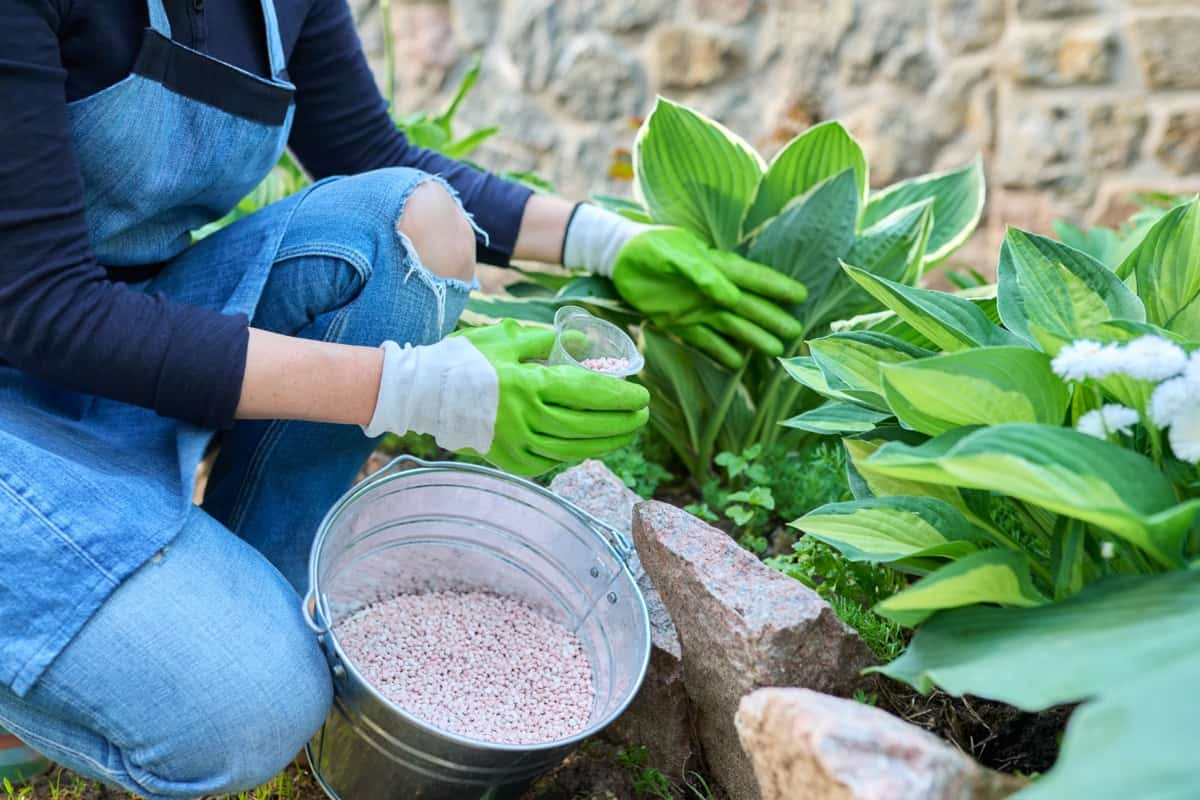
Whether you’re figuring out how to use NPK 19 19 19 for potted plants or deciding the best 19-19-19 fertilizer application rates for your vegetable garden, an informed approach is your best ally. By staying attuned to your garden’s unique requirements and making timely adjustments, you can harness the full potential of 19-19-19 fertilizer to create a lush, productive, and vibrant outdoor space.
- How to Grow Tomatoes Organically at Home: A Comprehensive Guide
- Organic Gardening on a Budget: Low-Cost Methods and Materials
- Gongura Seed Germination and Planting Methods
- Cabbage Seed Germination and Selection
- Broccoli Seed Germination and Selection
- Asparagus Seed Germination and Variety Selection
- Seasonal Flower Gardening: Best Practices for Spring, Summer, Fall, and Winter
- How to Grow Hibiscus from Flower
- Plantation Ideas for Home Decoration: A Beginners Guide
- Flower Garden Designs and Layouts for Beginners
- Planting and Spacing Techniques in Papaya: A Beginner’s Guide
- Growing Gold: Essential Techniques for Planting Pineapples
- How to Make Kalanchoe Plant Bushy: Home Remedies and Solutions
- 11 Reasons Why Your Gardenia is Not Blooming: Home Remedies and Solutions
- Eco Elegance: The Guide to Designing a Drought-Tolerant Landscape
- Gardening on a Slope: Strategies for Hillside Landscaping
- Nourish and Flourish: Top Organic Mulches for Thriving House Plants
- Everything You Want to Know about Indian Mogra Flower: Discover Uses and Growing
- Green Thumb Success: Expert Tips for Cultivating Greenhouse Pumpkins All Year Round
- Maximize Growth & Flavor: The Ultimate Guide to Companion Planting in Herb Gardens
- How to Control Rhododendron Problems Naturally: Home Remedies and Organic Ways to Fix Them
- Natural Magic: The Remarkable Benefits of Cinnamon for Plants
- Best Steps to Revive Dying Tulip with Natural and Organic Treatment
- 10 Reasons Why Your Angel Trumpet is Not Blooming: Remedies and Treatment
- How to Fix Periwinkle Leaf and Flower-Related Problems: Natural Remedies and Solutions
- How to Fix Zinnias Leaf and Flower Problems: Discover Natural and Home Remedies
- Organic Steps to Induce Lemon Tree Flowers: A Comprehensive Guide
- Bloom Booster: Crafting the Perfect Homemade Bougainvillea Fertilizer
- Optimizing Growth: A Guide to Applying NPK Fertilizer for Potted Plants
- 10 Best Homemade Fertilizers for Rubber Plant: DIY Recipes and Application Method
- How to Boost Female Pumpkin Flowers: Effective Steps for More Flowers and High Yields
- Transform Your Indoor Garden: Top Benefits of Pink Salt for Houseplants
- 10 Best Homemade Fertilizers for Peacock Plants (Calathea): Easy DIY Guide
- Unlock Blooms: 9 Reasons Why Your Potted Chrysanthemum is Not Blooming
- 8 Reasons Why Your Potted Hibiscus is Not Blooming: Fix it with Simple Solutions
- Unlock Blooms: 9 Key Reasons Your Potted Frangipani Won’t Flower